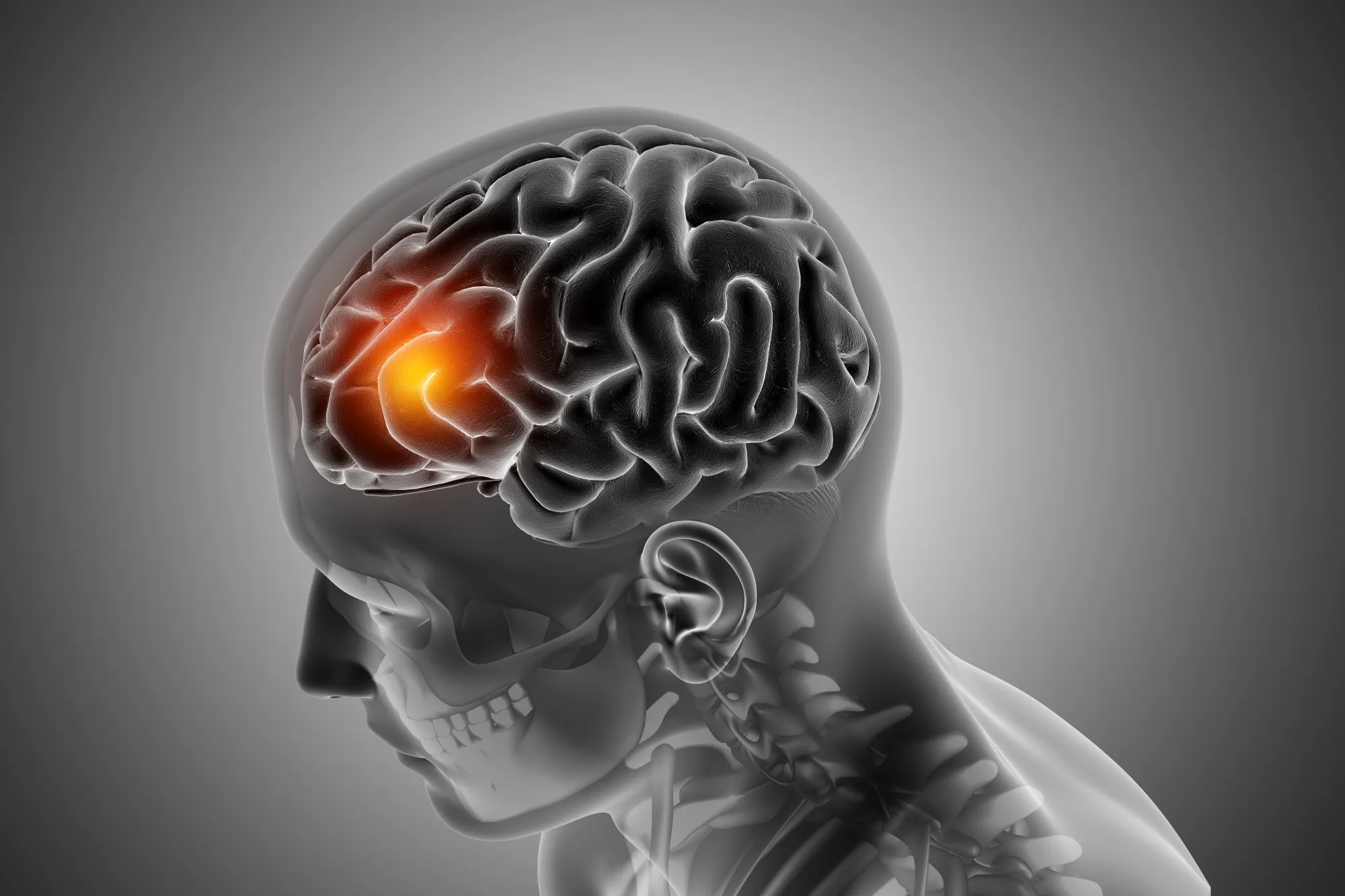Abstract
Stroke remains a leading cause of disability and death worldwide. Mechanical thrombectomy has emerged as a breakthrough procedure for patients with acute ischemic stroke due to large vessel occlusion. Recent studies, including work by Puntonet et al. (2020), have focused on the imaging findings subsequent to mechanical thrombectomy and their implications for treatment outcomes. This article provides an in-depth analysis of the state-of-the-art imaging techniques used in post-thrombectomy evaluation, the interpretation of imaging findings, and their prognostic value in determining the success of stroke interventions.
Introduction
Despite advancements in the prevention and management of ischemic strokes, they continue to pose substantial health concerns globally. The time-critical nature of ischemic stroke treatment has led to the development of mechanical thrombectomy—a procedure that has revolutionized the way large vessel occlusive strokes are managed. However, post-operative evaluation using advanced imaging modalities is crucial in determining the course of patient recovery and guiding further treatment.
Research conducted by Julien Puntonet et al., published in the journal Stroke on June 2019, with the DOI: 10.1161/STROKEAHA.118.024754, highlights the importance of imaging findings after mechanical thrombectomy, which may include signs of reperfusion, the occurrence of cerebral edema, and other critical factors affecting the patient’s prognosis (Puntonet et al., 2020). This comprehensive review synthesizes these findings and highlights the role of imaging in maximizing patient outcomes after thrombectomy.
Imaging Modalities and Techniques
One of the critical aspects of post-thrombectomy care is the utilization of advanced imaging modalities to assess the brain’s condition. The most common techniques include magnetic resonance imaging (MRI), computed tomography (CT), and digital subtraction angiography (DSA). Each of these techniques provides unique insights into the brain’s vascular status and the extent of any ischemic injury or reperfusion effect post-procedure.
Findings from Imaging Post-Thrombectomy
The findings from imaging after mechanical thrombectomy can be both informative and prognostic. Key imaging metrics include the assessment of reperfusion status, the extent of cerebral edema, and the evidence of hemorrhagic transformation. Additionally, imaging can detect complications such as vessel dissection or occlusion, indicating the need for further intervention.
Reperfusion and Its Imaging Signatures
Successful mechanical thrombectomy often results in reperfusion, which can be identified through imaging. Signs of reperfusion include early restoration of blood flow in previously occluded vessels and reduced infarct core size. However, too rapid reperfusion may also contribute to reperfusion injury, a concern visible on imaging as petechial hemorrhages or pronounced edema.
Cerebral Edema and Stroke Outcome
Cerebral edema is a common complication post-thrombectomy. It can exert a mass effect, leading to a shift in brain structures, potentially causing herniation and deterioration in the patient’s condition. Imaging is crucial for the early identification and management of this complication, as timely intervention can prevent further neurological decline.
Prognostic Value of Imaging Biomarkers
Imaging biomarkers after thrombectomy offer valuable information regarding patient prognosis. Aspects such as the extent of the penumbra, collateral circulation status, and the presence of microbleeds can inform clinicians about the likelihood of recovery and potential for regaining function.
Case Studies and Current Research
The research by Puntonet et al. (2020) presents case examples and reviews the existing literature, providing an integrative understanding of the patterns observed in imaging after thrombectomy. Current research continues to refine these observations, elucidating the implications of various imaging findings for patient management and outcomes.
Implications for Clinical Practice
Post-thrombectomy imaging findings have immediate clinical implications. They can guide the need for subsequent interventions, such as administration of neuroprotective agents or decompressive craniectomy. Furthermore, these findings can inform rehabilitation strategies and long-term patient care.
Challenges and Future Directions
As the field evolves, challenges include standardizing imaging protocols post-thrombectomy and integrating artificial intelligence tools to interpret complex imaging data. Future research aims to refine prognostic models based on imaging findings, personalizing patient care in the context of stroke management.
Conclusion
The comprehensive literature review by Puntonet et al. (2020) emphasizes the critical role of imaging in the post-thrombectomy assessment of patients with acute ischemic stroke. It sheds light on the prognostic values of different imaging findings and offers insights for optimizing patient outcomes.
References
1. Puntonet, J., Richard, M.-E., Edjlali, M., Ben Hassen, W., Legrand, L., Benzakoun, J., … Oppenheim, C. (2020). Imaging Findings After Mechanical Thrombectomy in Acute Ischemic Stroke. Stroke, 50(6), 1618–1625. https://doi.org/10.1161/STROKEAHA.118.024754
2. Berkhemer, O. A., Fransen, P. S., Beumer, D., et al. (2015). A randomized trial of intraarterial treatment for acute ischemic stroke. The New England Journal of Medicine, 372(1), 11-20. https://doi.org/10.1056/nejmoa1411587
3. Campbell, B. C. V., Mitchell, P. J., & Yan, B. (2017). A multicenter, randomized, controlled study to compare the safety and efficacy of intra-arterial thrombectomy facilitated by stent retriever or suction thrombectomy versus best medical therapy in acute ischemic stroke. International Journal of Stroke, 12(1), 10-21. https://doi.org/10.1177/1747493016677987
4. Albers, G. W., Lansberg, M. G., Kemp, S., et al. (2018). A multicenter, randomized, controlled trial to investigate the use of imaging selection and assessment of endovascular stroke therapy. The Lancet, 391(10135), 2107-2115. https://doi.org/10.1016/s0140-6736(18)30935-2
5. Jovin, T. G., Chamorro, A., Cobo, E., et al. (2015). Thrombectomy within 8 hours after symptom onset in ischemic stroke. The New England Journal of Medicine, 372(24), 2296-2306. https://doi.org/10.1056/nejmoa1503780
Keywords
1. Mechanical Thrombectomy Imaging
2. Acute Ischemic Stroke Outcomes
3. Post-Thrombectomy Imaging Findings
4. Cerebral Edema After Stroke
5. Stroke Imaging Biomarkers
